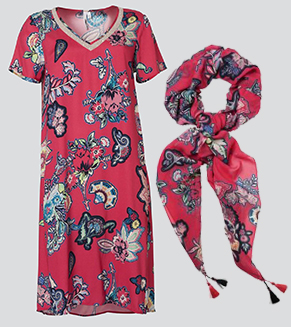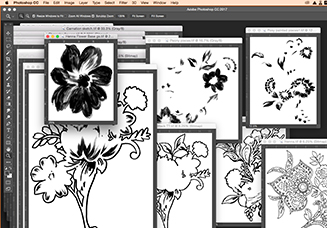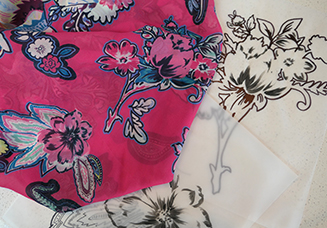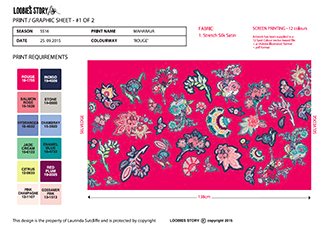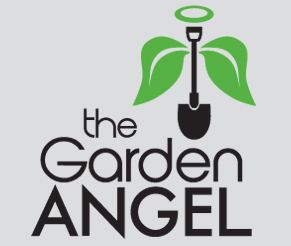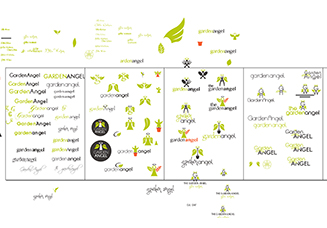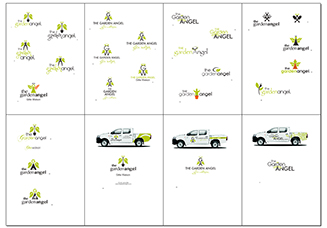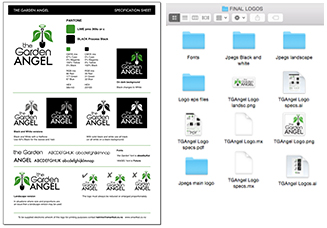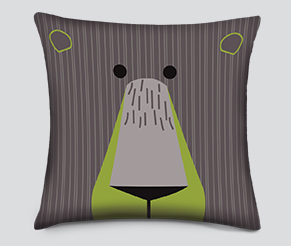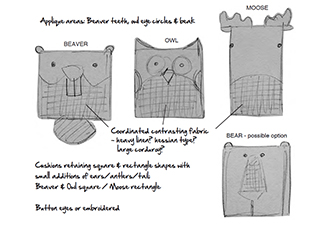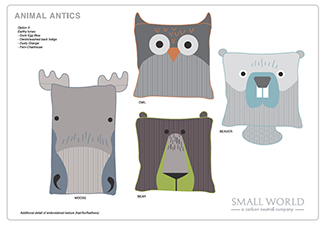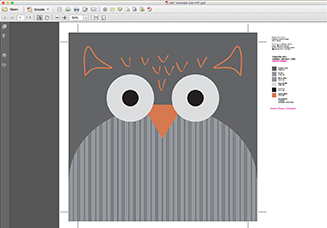An overview of a custom all-over fabric print design process.
Client Laurinda Sutcliffe
Label Loobies Story Range Spring Summer 2016
Project 12 spot-colour screenprint on silk
This delicious fabric print was called ‘Amalfi’ and was printed on to silk for two dress styles, a blouse, a tank top and a scarf in the Loobies Story Spring Summer 2016 range.
Client Laurinda Sutcliffe
Label Loobies Story Range Spring Summer 2016
Project 12 spot-colour screenprint on silk
This delicious fabric print was called ‘Amalfi’ and was printed on to silk for two dress styles, a blouse, a tank top and a scarf in the Loobies Story Spring Summer 2016 range.
